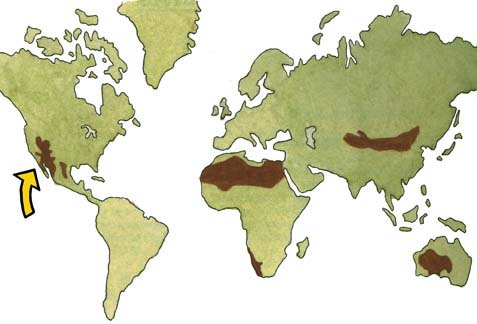
A biome is a complex, living comunity that has unique characteristics including animals, plants, and climax conditions of the region. The organisms in a biome are climax species.
If you could chose, what biome would you live in, and why?
This blogs purpace is to educate people about the Desert Biome. All of the information is reserched from books and trustworthy web pages.



 The popcorn flower are small and white with 5 petals. They bloom from February through June. It can be as small as 2 inches and can go up to 10 inches tall. Besides in deserts, they can be found in Arizona and California. They are held in a tight coil at the top of the plant. The flowers open starting from the bottom of the plant moving to the top. This causes the stem to uncoil.
The popcorn flower are small and white with 5 petals. They bloom from February through June. It can be as small as 2 inches and can go up to 10 inches tall. Besides in deserts, they can be found in Arizona and California. They are held in a tight coil at the top of the plant. The flowers open starting from the bottom of the plant moving to the top. This causes the stem to uncoil.

